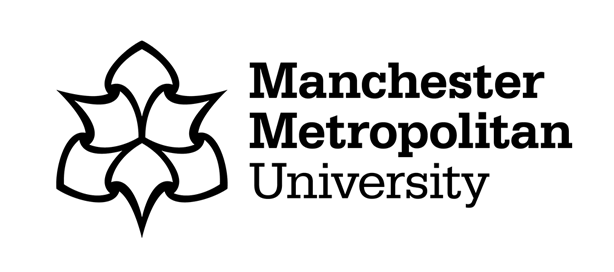
In keeping with the theme of this year’s International Women’s Day, “Inspire Inclusion”, my aspiration through this piece of writing is more than just stringing words together. It is about instilling a sense of belonging and value in women from all walks of life, in every area and activity they engage in, irrespective of their individual differences. This theme is a call to action, a rallying cry, to inspire inclusion in all its forms.
Our achievements are not just our own, but a testament to the resilience of women everywhere. Our stories are not solitary narratives, but a rich tapestry woven from the threads of shared experiences. Our struggles are not isolated incidents, but common hurdles we all face, a reflection of the societal challenges we need to overcome together. Our voices, both individually and collectively, need to be documented and shared. To do this is to ensure they are valued and heard. It is a powerful affirmation that our experiences, trials, triumphs, and even our day-to-day lives, matter. The significance of this, of feeling valued and heard, cannot be overstated. It bolsters self-esteem, fosters a sense of empowerment, and strengthens the belief that we, as women, can and do make a difference. It is a poignant reminder that inclusion is not just about the presence of diverse voices, but about the equal recognition and respect of these voices.
In essence, the goal of this piece is to inspire, to motivate, and to affirm. To make every woman, regardless of her differences, feel included, valued, and supported in every sphere of life.
All around the globe, women experience discrimination, devaluation, and in some extreme cases, violence as a consequence of patriarchal power hierarchies. These injustices are prevalent, yet we, as women, continue to rise above them, attaining success and making remarkable achievements in various fields. We have a plethora of stories to tell, unique voices that need to be heard, and countless distinctive experiences that define us. However, these narratives are often overlooked, neglected, or even erased due to the male-dominated historical record.
Our attempts to document these experiences are frequently subjected to neglect, marginalization, or in some instances, forceful suppression. Speaking from personal experience as a woman who has felt the effects of this patriarchy in my home country, I found it challenging to preserve and celebrate my achievements and successes during my formative years. My artistic pursuits, which began with the simple joy of creating sticker collages in primary school and later evolved into more complex forms of writing and crafting, were never acknowledged or preserved by those around me, unlike the works of my male family members. I then realised the importance of archiving our actions in life because the archive can validate our existence and speak on our behalf.
One individual who resonates with this experience is Runak, an invisible Kurdish archivist and activist whose work centred around documenting the experiences, stories, and achievements of women. Despite her tireless efforts, her work was kept hidden, remaining unmentioned and unappreciated for over three decades. Her extensive collection of archival materials has provided the foundation for my research. I saw it as my responsibility to bring these materials into academia not because of its complex language, but because this sector is where such narratives and perspectives are scarce, in order to shed light on our often overlooked stories and share the local voices to international audiences.
However, this journey has not been without its challenges. I encountered numerous ethical issues and barriers in my path. I was even labelled by the ethical community as a smuggler for transporting these valuable materials from Iraqi Kurdistan to the UK. Despite these challenges, I remained undeterred, persevering and overcoming these obstacles to commence my research and form a response to the archival material.
I cross borders in solidarity, to share non-western narratives with people from other parts of the world. Through my artistic practice, the contents of the archive are unveiled, revealing the stories of women who have been silenced due to cultural and political repression. This work contributes to the representation of Kurdish women, exploring how art can portray lived experiences and open this archive to contemporary and future generations of women. It also brings feminist discourse to typically overlooked non-western narratives. This has enabled me to contribute to broader discussions on women’s experiences and narratives, amplifying voices that might have otherwise remained unheard. In addition to transforming archival material into academic language, I also use the expressive language of art to communicate the archive’s voice. I employ Kurdish vernacular for a broader understanding, extending beyond just the academic field.
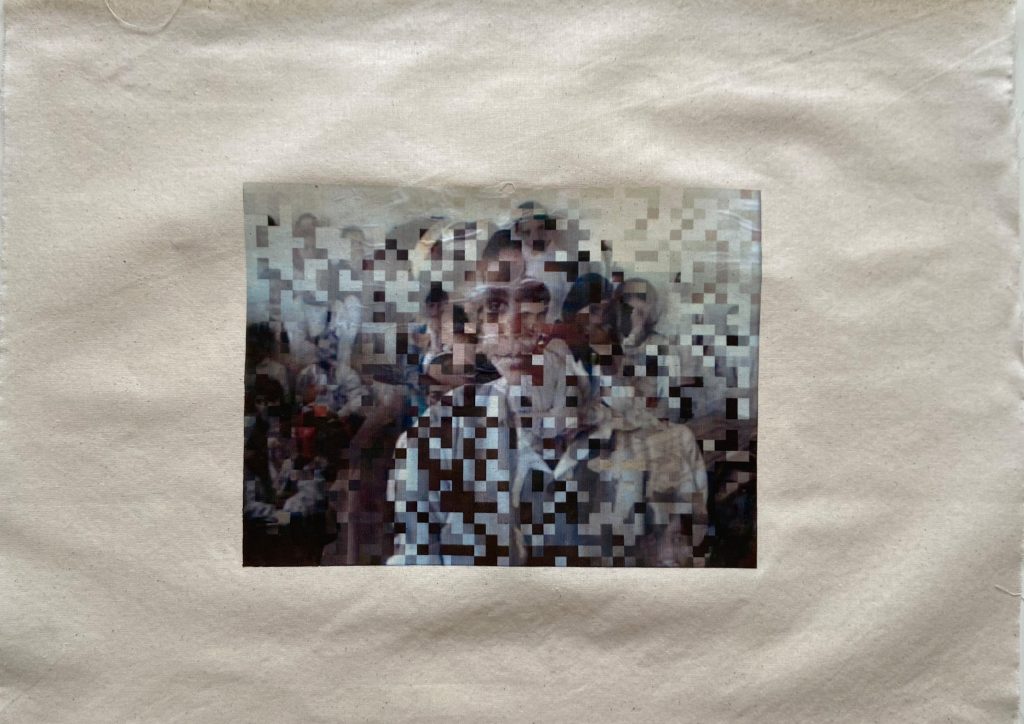
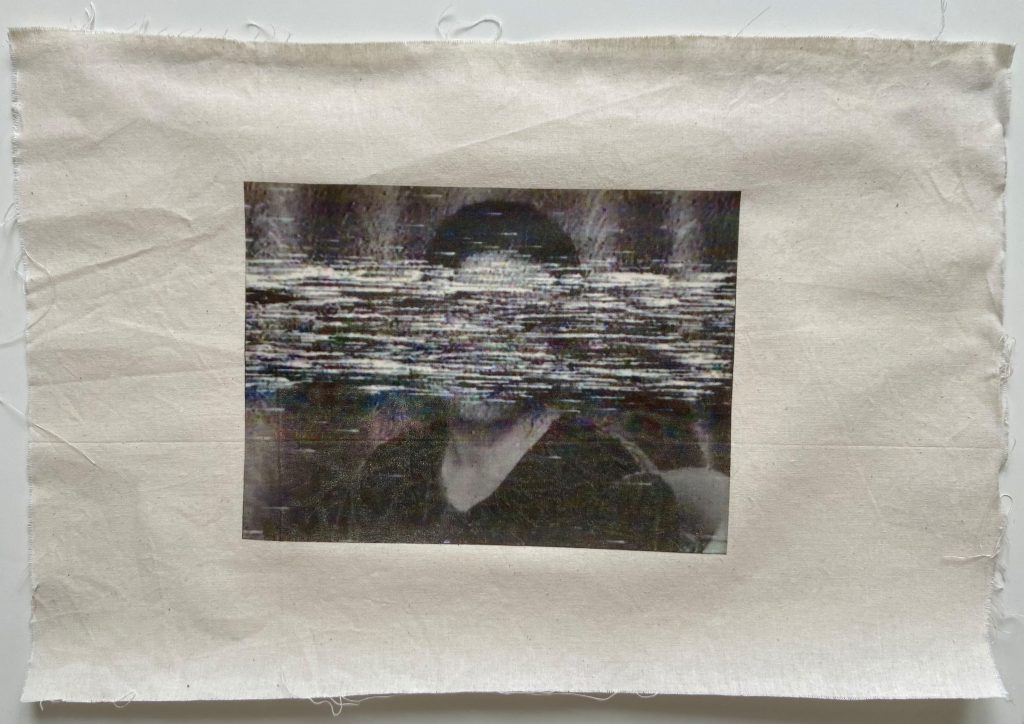
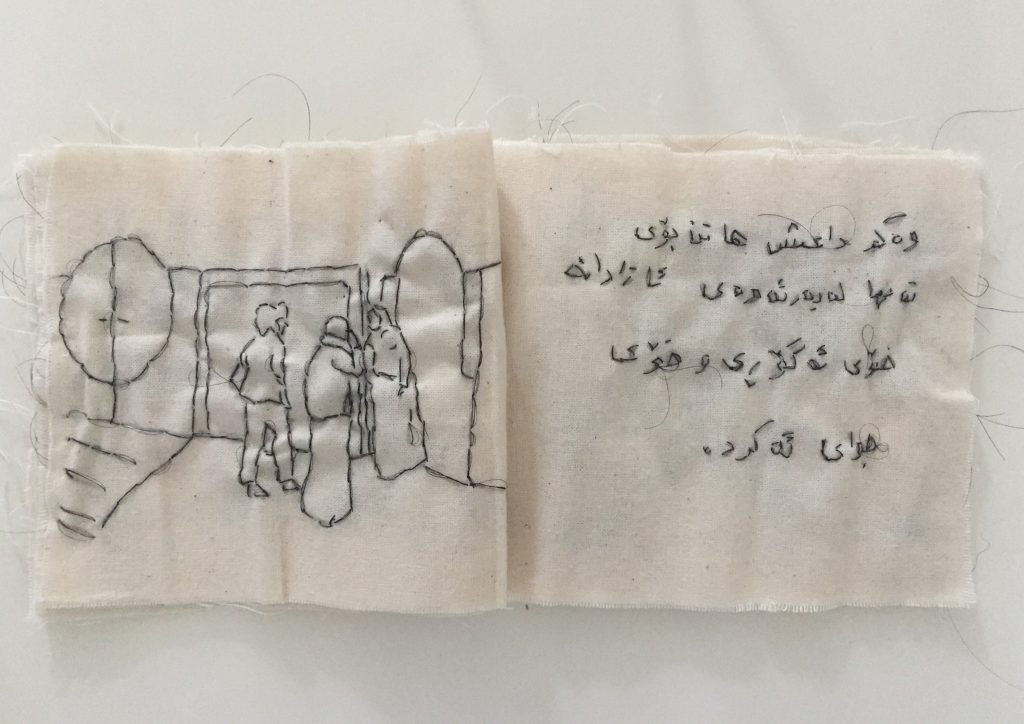
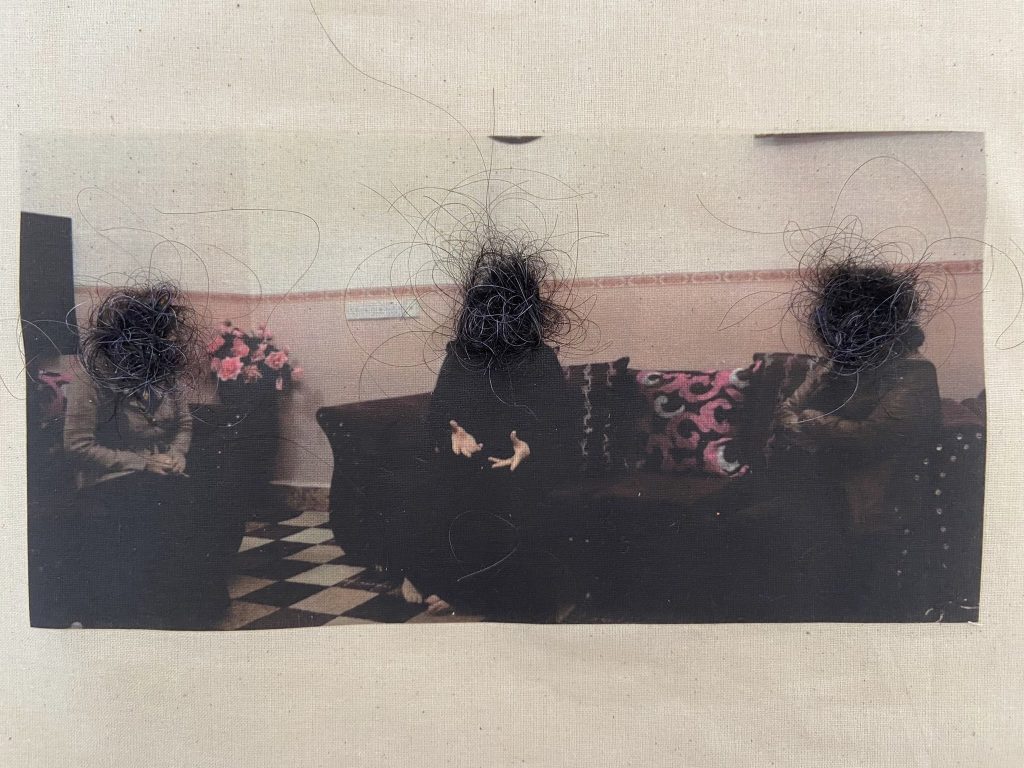
Reflection on the archival material for the research. Used material, footage printed/ stitched on the linen, and artist’s hair used to stitch the story and cover the faces. Ongoing since 2020.
As an artist, I’ve made it my life’s mission to archive my surroundings, creating a tangible record of the truth that can be referred to in the future. My artwork serves as a bridge between the present and the future, a testament to the reality of our times. One of my recent pieces, entitled “My Hair Diary,” is a prime example of this approach.
In “My Hair Diary,” I explore the deep-seated significance and emotional impact of hair, viewed through my personal lens as a Kurdish woman. The inspiration for this piece came from the tragic and heartrending case of Jina Amini, a young woman from Saqz, a Kurdish territory within the borders of Iran. Jina’s unjust detention and subsequent torture, leading to her untimely death, became a rallying cry that sparked a significant global movement.
The resounding slogan of this movement, “jin, jiyan, azadi”, translates to “woman, life, freedom” and stands as a potent testament to over four decades of relentless struggle endured by Kurdish women. Their courage, resilience, and determination are encapsulated within these three powerful words.
In creating “My Hair Diary,” I chose to incorporate my hair, which I have collected for more than ten years. Accompanying the visual element is a poignant text that delves into what hair symbolizes for Kurdish women. This narrative, paired with the visual, provides a deeper understanding of the piece and its message.
Through this piece, I aim to depict how something as seemingly simple and mundane as hair has been transformed into a significant political tool by Kurdish women. This transformation, and the movement it sparked, reached not only the confines of Kurdish territories but also resonated on a global scale, highlighting the enduring strength and indomitable spirit of Kurdish women.
The text:
For you, hair is just hair, but for me, hair is also, women, pain, invisibility, destruction, silence, shatter, beat, hide, demolish, voiceless, fear, punishment, brutal, and at the end revolution, protest, solidarity and freedom.

My Hair Diary, Human hair, 2023
